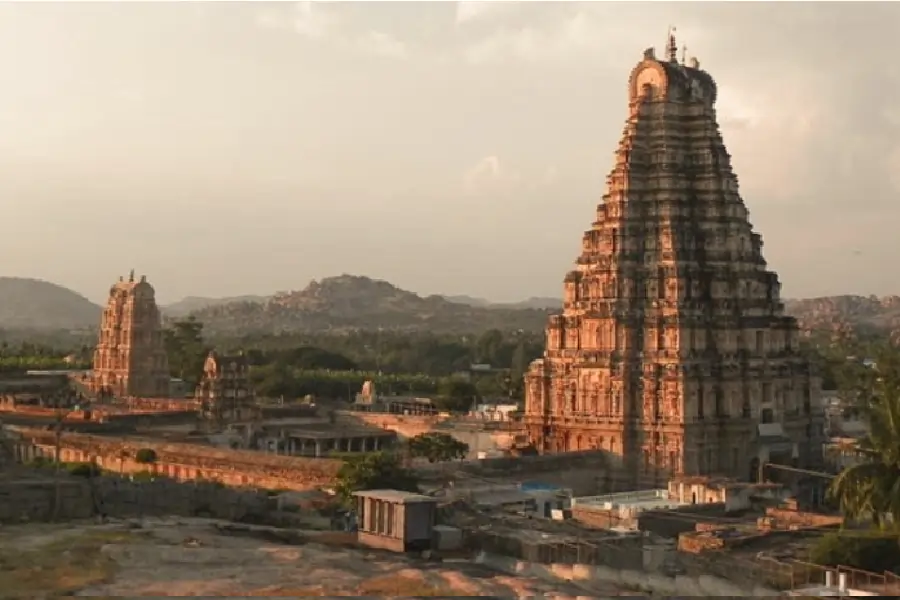
Kashi Vishwanath Temple

[vc_row][vc_column][vc_column_text]Lord Shiva is believed to be a god with many names and many forms. On one hand, he is very simple, innocent and kind-hearted, which is why he is also called “Bhola Bhandari”. But, whenever he is in grief or anger, he opens his ‘third eye’ and starts performing ‘Taandav Nritya’, which is a divine form of dance. Hindus worship Lord Shiva in form of his idols, Shivlings, and even Jyotirlings. In all, there 12 Jyotirlings in India and Kashi Vishwanath is one of them.
Kashi Vishwanath Temple
| Location: | Vishwanath Gali, Kashi (Varanasi / Banaras) |
| Principal deity: | Lord Shiva |
| Built by: | Ahilya Bai Holkar |
| Jyotirling in Uttar Pradesh: | Kashi Vishwanath |

Significance of the temple:
Located in the Vishwanath Gali of Kashi (also called Varanasi or Banaras), Kashi Vishwanath temple is one of the 12 Jyotirlings in India, and the only one in Uttar Pradesh. Here, Lord Shiva is worshipped in the form of a Jyotirling and is referred to as ‘Shri Vishwanath’ or ‘Vishweshwara’. If you break these words, you get ‘Vishwa + Eshwara’. Here, the word ‘Vishva’ means the universe and the word ‘Ishvara’ means the lord. Hence the words literally mean, ‘The Lord of the Universe’.
Varanasi or Banaras, in ancient times, was called Kashi, and that’s how the temple got its name. For ages, this temple has been referred to as the focal point of Shaivism (A major sect that worships Lord Shiva, also called Rudra, as the Supreme Being).
As per the belief by Hindus, visiting Kashi Vishwanath and taking a bath in the holy water of River Ganga grants ‘moksha’ (salvation) to the people. That’s why the Hindus across the world try to visit Kashi at least once in their lifetime. As per the tradition, after undertaking a pilgrimage of this temple, one has to give up at least one desire. The devotee has to also visit the Ramanathswamy temple at Rameshwaram. People take gangajal from Kashi and offer it at Rameshwaram, and bring back sand from there.
As per another popular belief, a person who is truly devoted to Lord Shiva is protected by him always and finally attains freedom from the circle of birth and death. It is believed that after death, Lord Shiva’s messengers take the person to Kailash Parvat and not to Yamlok. As per another belief, people who die a natural death at Vishwanath temple are very lucky since Lord Shiva himself blows the mantra of salvation into the ears of these people.
Near the Kashi Vishwanath Temple, there is Manikarnika Ghaat on the banks of River Ganga, which is considered a “Shakti Peeth’, a holy place for the people who believe in ‘Shaktism’.
The history of the temple:
Kashi is believed to be among the oldest cities in the world. Many people refer to Kashi as the ‘Spiritual Capital of India’. Just like the city of Kashi, the Kashi Vishwanath temple is also very old. There are no records to suggest when was it built and by whom. The temple finds a mention in the Kashi Khanda (section) of ‘Skanda Puraans’ as well.
The Kashi Vishwanath temple has stood the test of time and religious politics. The temple was has been demolished several times by various Muslim rulers. In 1194 CE, Aibak, a commander of Mohammed Ghori attacked the Kashi Vishwanath and demolished it. A Gujarati merchant took the task of rebuilding the temple when Delhi was ruled by Sultan Iltutmish. It was demolished again in the 15th century by either Hussain Shah Sharqi or Sikandar Lodhi. However, during Akbar’s rule, Raja Man Singh again renovated the temple. Since Akbar had a liberal view, he even released funds and asked Todarmal to re-build the temple at its original site.
In 1669 CE, Mughal Emperor Aurangzeb demolished the temple and constructed the Gyanvpi mosque on that site. If you visit the mosque, you can see the remains of the erstwhile temple in the foundation, the columns and at the rear part of the mosque.
After this, several Hindu rulers tried to demolish the mosque and build the temple, but they could not succeed due to various reasons. Finally, it was Ahilya Bai Holkar, the daughter-in-law of the great Maratha king, Malhar Rao who succeeded in constructing the present temple adjacent to the mosque.

In addition to the Holkars, several other rulers from various Indian kingdoms made
generous contributions towards the temple. In 1835, Maharaja Ranjit Singh of the Sikh Empire donated about 1 tonne of gold for plating the temple’s dome with gold. In 1841, Raghuji Bhonsle III of Nagpur donated silver to the temple. The contribution to the temple was not restricted to Indian rulers only. Sometime around 1860, Rana of Nepal gifted the temple a 7 feet high stone statue of Nandi, the bull, which can still be seen to the east of the colonnade.
The architecture of the temple:
The temple has a ‘sabha-gruha’ (meeting hall), which leads to the inner ‘garbh-gruha’ (holy sanctum). Inside the sanctum, one can find the Jyotirling in the form of a dark brown coloured stone which is placed on a silver platform. The height of the shivlinga is about 60 cm (24 inches) and has a circumference of 90 cm (35 inches).
The structure of the Mandir is composed of three parts. The first part compromises a spire on the temple of Mahadeva. The second is a gold dome and the third is the gold spire atop Lord Vishwanath temple, which carries a flag and a trident.
The main temple is quadrangle in shape and is surrounded by many smaller shrines, which belong to other deities. There are smaller temples for Kala Bhairava, Lord Kartikeya, Lord Ganesh (both are Shiva’s sons), Avimukteshwara, Lord Vishnu, Shani dev, Lord Shiva and Mother Parvati in the complex.
Inside the temple premises, there is small well, which is very famous and a must-visit site. This well is called ‘Gyan Vapi’ (meaning the wisdom well), and is located on the north of the main temple. It is believed that during the invasion by the Mughal army, the main priest jumped into the well along with the Jyotirling and hid it there, to protect it from the invaders.

Major Cultural Events:
In Kashi, the major event is ‘Phalgun Shukla Ekadashi’, which comes on the ‘Ekadashi’ (11th day) of the Phalgun month during the ‘shukla’ paksh. This day is celebrated as Rangabhari Ekadashi (Ekadashi full of colours).
As per the belief, just before Holi, Baba Vishwanath (Lord Shiva) comes back to Kashi. It is believed that it was on this day Lord Shiva came to Kashi after his marriage with Mother Parvati. The temple complex is echoed by the echo of dozens of Damroos. For over 200 years, this tradition has been followed religiously by the erstwhile mahant family of the temple.
Best time to visit Kashi Vishwanath temple:
The best season to visit Kashi Vishwanath Temple is from October to March. Though it is very cold during December and January, since most sightseeing is outdoors, the travellers enjoy a little chill.
The temple opens its gates for the devotees at 2:30 am, when the ‘Mangala Aarti’ is performed, which is a treat to watch. So, if you plan to witness this aarti, you should get up early, take a bath and be there at that time. In case, you are not keen to attend the aarti, then the best time to visit the temple is at 7 AM, to avoid long queues.
Pooja/Aarti Timings
The doors of the Kashi Vishwanath temples are opened for the devotees very early at 2:30 am every day. There are 5 different aartis that are conducted in the Kashi Vishwanath Temple daily.
Mangala Aarti: 3 AM – 4 AM
Bhoga Aarti: 11.15 AM – 12.20 PM
Sandhya Aarti: 7.00 PM – 8.15 PM
Shringara Aarti: 9.00 PM – 10.15 PM
Shayana Aarti: 10.30 PM – 11.00 PM
Important things to remember while visiting Kashi Vishwanath:
Though there is no particular dress code to visit the Kashi Vishwanath Temple, the devotees are expected to dress decently. It is not compulsory to wear traditional dresses. Western clothes are allowed, but devotees must cover their arms and legs.
Security is very tight in and around Kashi Vishwanath temple and the security procedures are enforced very strictly.
There are multiple is police checkpoints inside the temple with frequent frisking
Visitors are not allowed to carry mobile phones, cameras, belts with metal buckles, cigarettes and lighters into the temple premises.
You may keep them in lockers, which are available outside the temple on a nominal charge.
How to Reach Kashi Vishwanath?
By Air: The nearest airport is Varanasi Airport, which is about 22 km away from the temple. There is a direct daily flight connection between Varanasi and other major cities. Taxis are available from the airport to the temple.
By Train: Varanasi is an important and major rail junction. It is connected to all major cities across the country via a rail network. The railway station of Varanasi is just 4 lm away from the temple. Buses and rickshaw are available.
By Road: Varanasi is connected to all major cities. The nervy cities are: Allahabad (128 km), Lucknow (286 km), Kanpur (330 km), and Agra (565 km), among others.
Externals links:
Official Website: https://shrikashivishwanath.org/
https://en.wikipedia.org/wiki/Kashi_Vishwanath_Temple
FAQs:
Q. 1: What is Taandav?
Ans: Taandav is a divine form of dance, performed by gods, mainly by Lord Shiva.
Q. 2: What is Shaivism?
Ans: A major sect that worships Lord Shiva, also called Rudra, as the supreme being
Q. 3: Which is the Jyotirling in Uttar Pradesh?
Ans: Kashi Vishwanath in Kashi, also called Varanasi or Banaras
Q. 4: Who built the Kashi Vishwanath Temple?
Ans: The great Maratha ruler Ahilya Bai Holkar from Indore
Q. 5: What is the meaning of Vishweshwara’? Ans: If you break the word Vishweshwara’, you get ‘Vishwa + Eshwara’. Here, the word ‘Vishva’ means the universe and the word ‘Ishvara’ means the lord. Hence the words literally mean, ‘The Lord of the Universe’.
[/vc_column_text][/vc_column][/vc_row][vc_row][vc_column][vc_column_text]
Get Direction On Google Map
[/vc_column_text][vc_raw_html]JTNDaWZyYW1lJTIwc3JjJTNEJTIyaHR0cHMlM0ElMkYlMkZ3d3cuZ29vZ2xlLmNvbSUyRm1hcHMlMkZlbWJlZCUzRnBiJTNEJTIxMW0xNCUyMTFtOCUyMTFtMyUyMTFkMTQ0MjcuMjA4Mjg3MTI2OTYxJTIxMmQ4My4wMTA2NzgzJTIxM2QyNS4zMTA4NTMyJTIxM20yJTIxMWkxMDI0JTIxMmk3NjglMjE0ZjEzLjElMjEzbTMlMjExbTIlMjExczB4MCUyNTNBMHg0ODYwMGU0ZmNkZmI3YjEzJTIxMnNTaHJpJTI1MjBLYXNoaSUyNTIwVmlzaHdhbmF0aCUyNTIwVGVtcGxlJTIxNWUwJTIxM20yJTIxMXNlbiUyMTJzaW4lMjE0djE2MjUwNDcyODY2MjUlMjE1bTIlMjExc2VuJTIxMnNpbiUyMiUyMHdpZHRoJTNEJTIyMTAwJTI1JTIyJTIwaGVpZ2h0JTNEJTIyNDUwJTIyJTIwc3R5bGUlM0QlMjJib3JkZXIlM0EwJTNCJTIyJTIwYWxsb3dmdWxsc2NyZWVuJTNEJTIyJTIyJTIwbG9hZGluZyUzRCUyMmxhenklMjIlM0UlM0MlMkZpZnJhbWUlM0U=[/vc_raw_html][/vc_column][/vc_row]

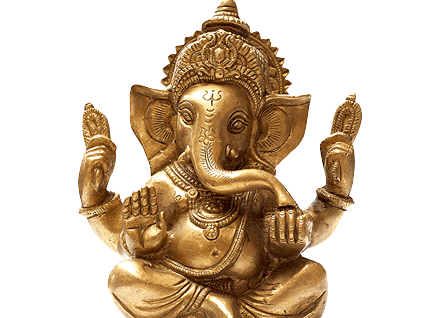
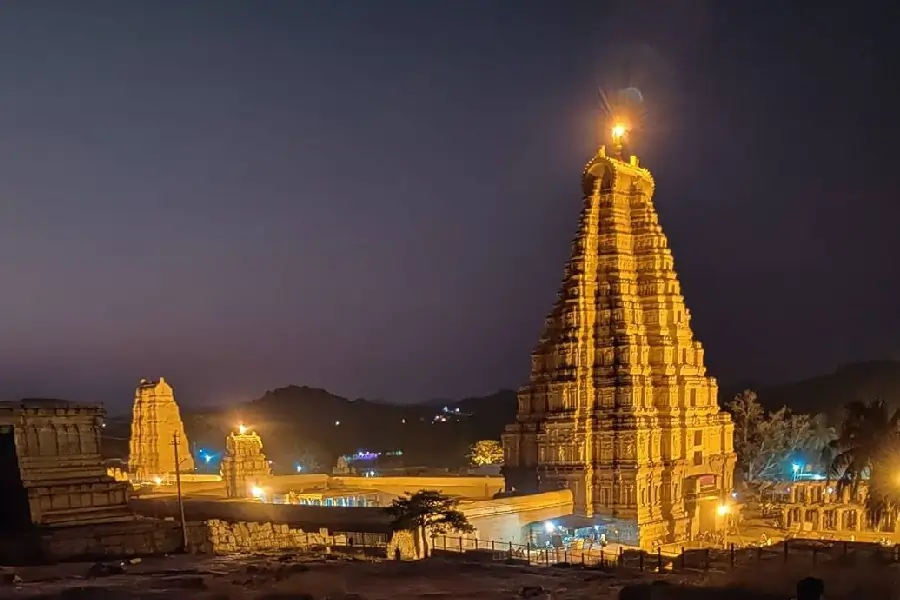
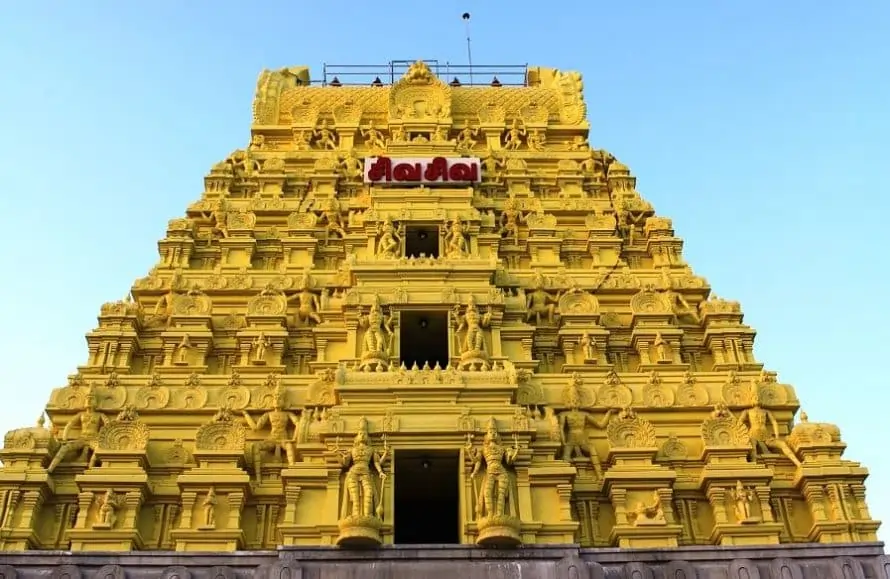

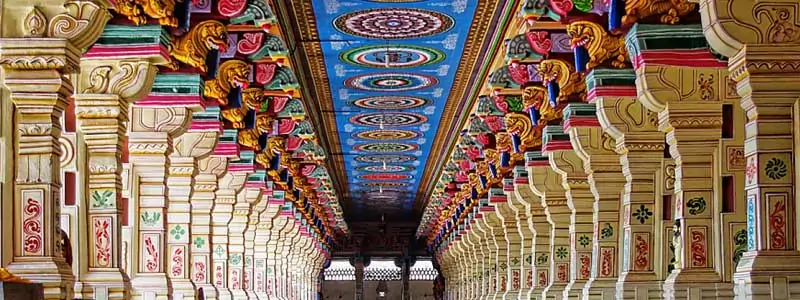
1 thought on “Kashi Vishwanath Temple”
Whuch is the original Jyothirling Gnanvapi which is founded in well now..
Or at present in kasi temple..??